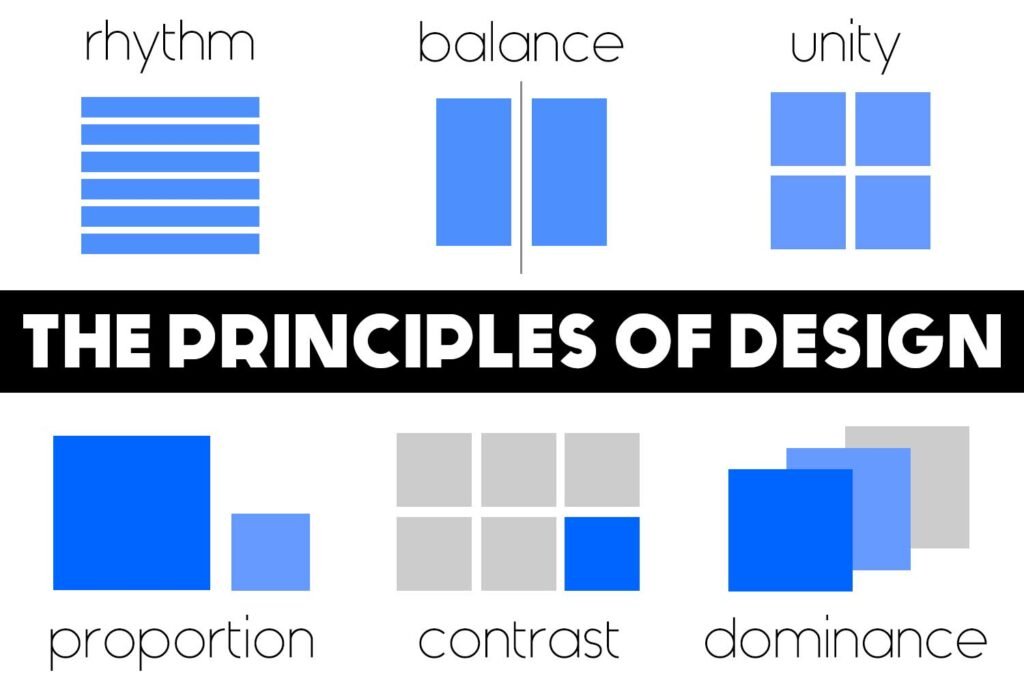Understanding Architectural Principles
Architectural principles form the foundation of design, guiding architects in creating harmonious, functional, and visually appealing spaces. Proportion, balance, and rhythm are fundamental concepts that influence architectural composition and spatial experience. This exploration delves into their significance, application, and impact on architectural design.

Understanding Architectural Principles
Proportion
Definition and Importance: Proportion refers to the harmonious relationship between the dimensions of architectural elements, creating a sense of visual balance and coherence. It dictates the size, scale, and spatial relationships within a building or structure, influencing how occupants perceive and interact with their environment.
Golden Ratio and Classical Proportions: Architects often employ mathematical ratios, such as the Golden Ratio (approximately 1.618), to achieve aesthetically pleasing proportions that resonate with human perception. Classical architecture, particularly in ancient Greek and Roman styles, adhered to proportional systems to create balanced and symmetrical compositions.
Modern Interpretations: Contemporary architects interpret proportion in diverse ways, blending traditional principles with innovative approaches to scale, materiality, and spatial organization. Proportion contributes to the functionality and visual appeal of buildings, ensuring spatial coherence and enhancing user experience.
Balance
Concept and Visual Stability: Balance in architecture refers to the distribution of visual weight and elements within a design, creating a sense of equilibrium and stability. It involves achieving harmony between contrasting elements, such as mass versus void, symmetry versus asymmetry, and light versus heavy components.
Types of Balance:
- Symmetrical Balance: Mirroring elements around a central axis to create a sense of formal equilibrium, often seen in classical architecture and monumental buildings.
- Asymmetrical Balance: Achieving equilibrium through the careful arrangement of different elements of varying visual weight, contributing to dynamic and expressive compositions.
Achieving Balance: Architects manipulate form, texture, color, and spatial relationships to achieve visual balance, enhancing the perceived stability and coherence of architectural designs. Balance ensures that buildings not only function effectively but also evoke a sense of visual satisfaction and order.
Rhythm
Definition and Spatial Flow: Rhythm in architecture refers to the repeated patterns, motifs, or sequences of elements that create a sense of movement, progression, and visual interest within a space. It guides the flow of circulation, defines spatial hierarchy, and reinforces the overall design concept.
Types of Rhythm:
- Repetitive Rhythm: Utilizing consistent elements, such as columns, windows, or patterns, at regular intervals to establish a predictable visual cadence and rhythmical progression.
- Progressive Rhythm: Gradually changing or evolving elements in size, scale, or form to create a sense of movement and directional flow within architectural compositions.
Enhancing Spatial Experience: Rhythm enhances the spatial experience by organizing architectural elements into coherent sequences that guide movement and engage users. It fosters a sense of continuity, rhythmical progression, and narrative within built environments, enriching architectural expression and user interaction.
Conclusion
Proportion, balance, and rhythm are essential architectural principles that shape the form, function, and aesthetic quality of buildings and spaces. They provide architects with conceptual frameworks to create harmonious compositions, establish visual stability, and enhance spatial dynamics. As architects explore new materials, technologies, and design methodologies, these principles continue to inform innovative approaches to architectural design, ensuring that buildings not only fulfill functional requirements but also inspire and enrich the human experience within the built environment.
3.5
